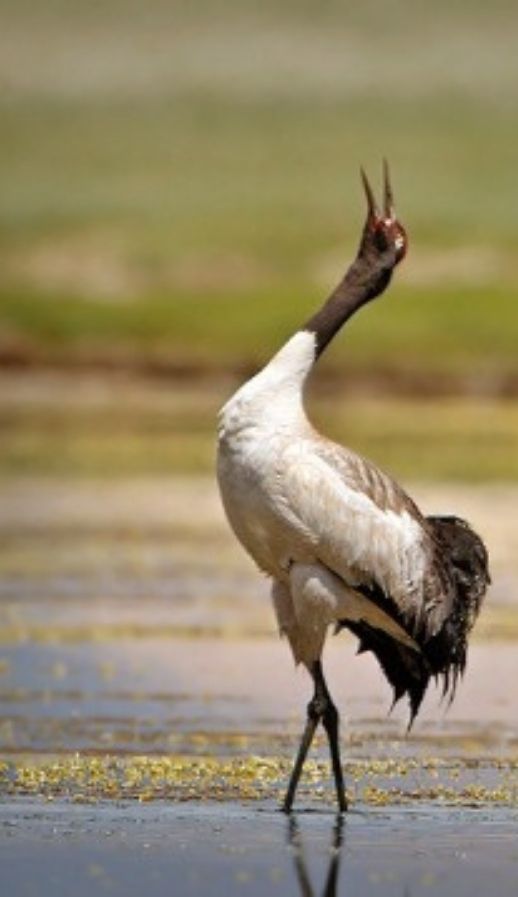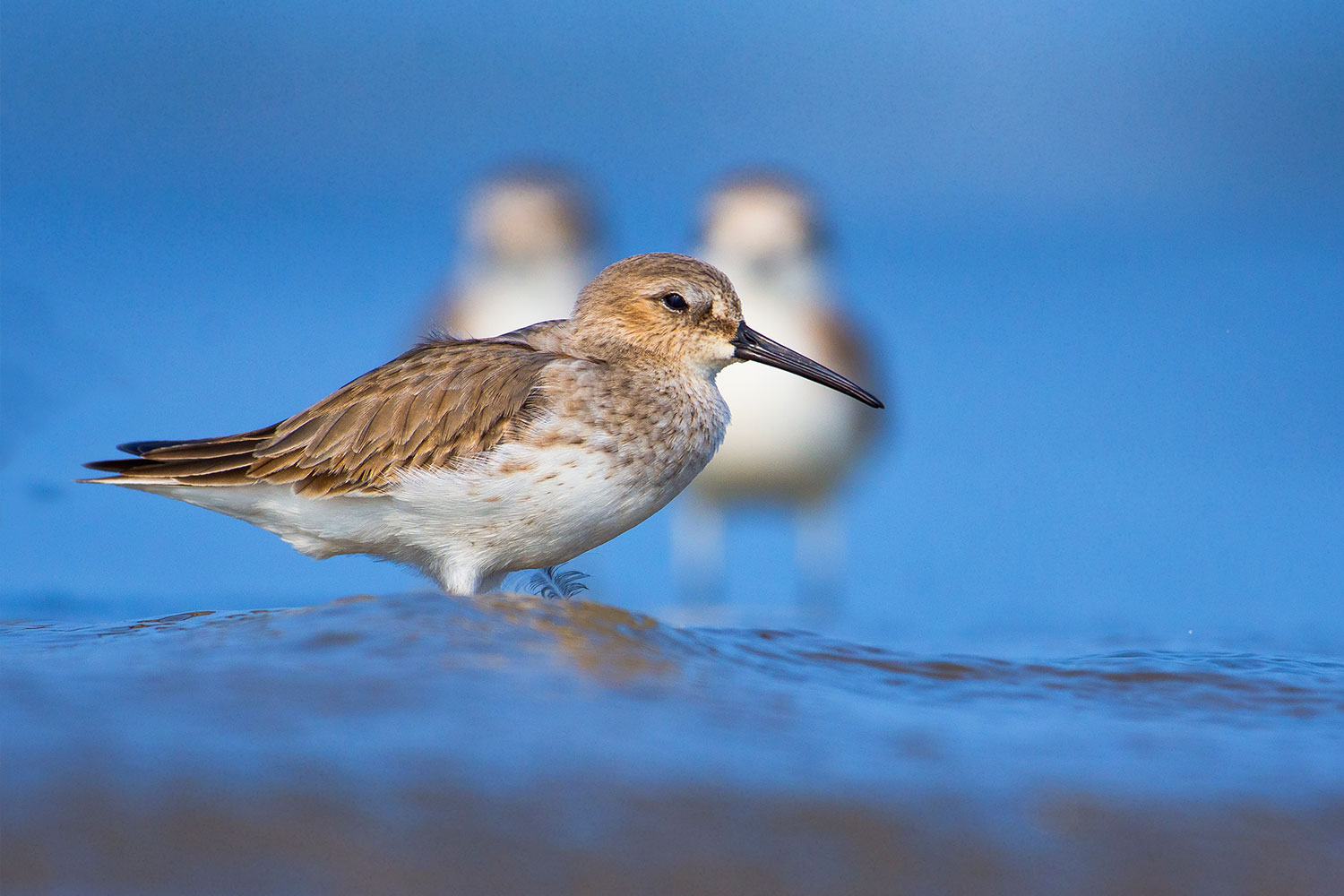Overview
Goa is a birder’s paradise with many species endemic to peninsular India as well as many wintering species from farther north and more widespread Asian birds calling it home.
The Wild(er) Side of Goa
Goa is most popular for its beaches and happening nightlife, and with its stunning coastline, this is no surprise. In addition, despite its small size, Goa is also a cultural melting pot. Tons of languages like English, Konkani, Marathi, and even Portuguese are spoken here, as well as the contrast between the local Catholic and Hindu Saraswat cultures, which show many similarities and differences in language, and cuisine, and more. Since the place has international holidayers, you will also find multilingual people who speak French, Russian, Spanish, and many other languages.
However, Goa is a favorite destination for birders as well, as it offers a wide variety of birdlife and habitats ranging from coastal areas to marshes and woodlands to the tropical jungles of Western Ghats. Goa has nearly 460 species of birds. It also includes around 24 endemic species, including the state bird: the gorgeous Flame-throated Bulbul.
With 6 wildlife sanctuaries, and one national park - the Mollem National Park which is contiguous with the Bhagwan Mahavir Wildlife Sanctuary, there are plenty of wild destinations in Goa. The addition of smaller local hotspots, makes Goa a birder’s paradise, with many excellent habitats: wide river estuaries, mangrove swamps, marshes, scrub-covered hillsides, arid fields, and a spectacular bird-thronged lake at Carambolim, all at the foot of the majestic Western Ghats.
October to February is the best time of the year to visit the place. This is because, at this time, most of the migratory birds from colder regions come to Goa. The ornithological interest has been substantially increased in this place for a few years. Your experience in Goa will leave you ecstatic if you are a bird lover!
You can see many species endemic to peninsular India as well as a large number of wintering species from farther north and more widespread Asian birds. Wonderful birds, exquisite beaches, delicious food, and the easygoing Goan lifestyle - it is almost too good to be true!

Arrive in Goa. You will be met by our representative and transferred to the hotel.
Among several sites, we will visit Bhagwan Mahaveer sanctuary and the environs of the camp. We will focus on finding those species that are difficult or impossible to find elsewhere in Goa, with an emphasis on Western Ghats endemics, forest and south Indian specialties, and any other species of interest that has been found in the area.
Within the camp itself you should be able to find some specialties including Malabar Grey Hornbill, Crimson-backed Sunbird, Blue-winged Parakeet, Tickell’s Blue Flycatcher and Malabar Whistling Thrush! At night, you can listen for the calls of owls, nightjars, and Sri Lanka Frogmouth.
Overnight stay.

A full day of birding in Goa.
Our days begin early with a walk before breakfast, another before lunch, and a final session after afternoon tea, returning for dinner and an evening campfire in the winter months when nights can be cool. Our excursions will take us through a variety of habitats in the local area from dense forests and streamside jungle, to open fields and scrub, as well as watching the Ghats for raptors rising in the thermals, and one evening searching for Jungle Nightjar, Jerdon’s, and Savanna Nightjars at dusk.
Overnight stay

You will be transferred to a hotel in Baga or Calangute. This will be our base for much of the following days. After a break we’ll do some local late afternoon birding in the vicinity of our hotel.
We can also search for species such as Crested Serpent Eagle, Brahminy Kite, Black-headed Cuckooshrike, Bar-winged Flycatcher-shrike, Plum-headed Parakeet, and more.
Overnight stay.

Another day of birding in Baga or Calangute.
From the comfort of a poolside deck chair, cool drink in hand, we can overlook a series of paddy fields and a small marsh - a superb area that is home to many wetland species like Cinnamon and Black Bitterns, Greater Painted-snipe, Watercock, Slaty-breasted Rail, Ruddy-breasted and Baillon’s Crakes, and more.
Overnight stay.

We will go to Morjim Beach, where we can look for shorebirds, gulls and terns. Do ask us for a checklist. We expect to encounter Gull-billed, Sandwich, Crested, Lesser Crested and Common Terns, Pallas’s, Brown-headed, Caspian, Slender-billed and Heuglin’s Gulls, Lesser and Greater Sand Plovers, Kentish Plover, Grey Plover, Small Pratincole, Western Reef Heron, and more. Just inland from the beach is an area of trees and scrub surrounding a small village. This area is also well worth checking out for Brahminy Starling, Plum-headed Parakeets, Chestnut-tailed Starling, Red-vented Bulbul, Long-tailed Shrike, and more.
Overnight stay

More birding around Morjim. We will take a drive to Saligao Zor. This area of woodland with its stream where villagers come to wash clothes is a haven for a range of birds, but especially Brown Wood Owl and Malabar Whistling Thrush.At Pilerne, not far from Saligao, is a small rectangular lake which is often covered in considerable amounts of vegetation. Red-wattled Lapwing, White-browed Wagtail, Common Moorhen, Stork-billed Kingfisher, male Painted Snipe, White-breasted Waterhen, Intermediate Egret, White-rumped Munia, Crested Goshawk, Pheasant-tailed Jacana, Bronze-winged Jacana, Cotton Pygmy Goose, Black-capped Kingfisher, Common Kingfisher and Little Cormorant can all be found here.
Overnight stay.

Transfer to the airport for your flight back home.
Highlights
- Pristine beaches
- Endemic variety of birds, great birding
- Amazing marine life
- Excellent seafood
- Sightseeing
Included
- Accommodation on twin sharing basis in the hotels Meals as per the itinerary
- Guided birding throughout Permits and entry fee | All surface transfers by a private air-conditioned vehicle
Video
Location
Stories

Ladakh
North India, the land of Ladakh, looks as though it was made for birdwatching and photography.

Gir National Park Gujarat
Sometimes it is not just the species spotted but also the amazing moments. Some of our guests had the unique opportunity to witness the mating of Asiatic Lions in the Gir Forest, truly a special moment.

Delhi
Surajpur is an amazing wetland close to the nation’s capital. Apart from being one of the monsoon homes for the Bristled Grassbird, it is also home to another sought-after species: the Bengal Bush Lark.

Rajasthan
One advantage of living near the birding hotspot of Bharatpur is that you can see some amazing birds, like the graceful Sarus Crane, in your backyard during this lockdown























